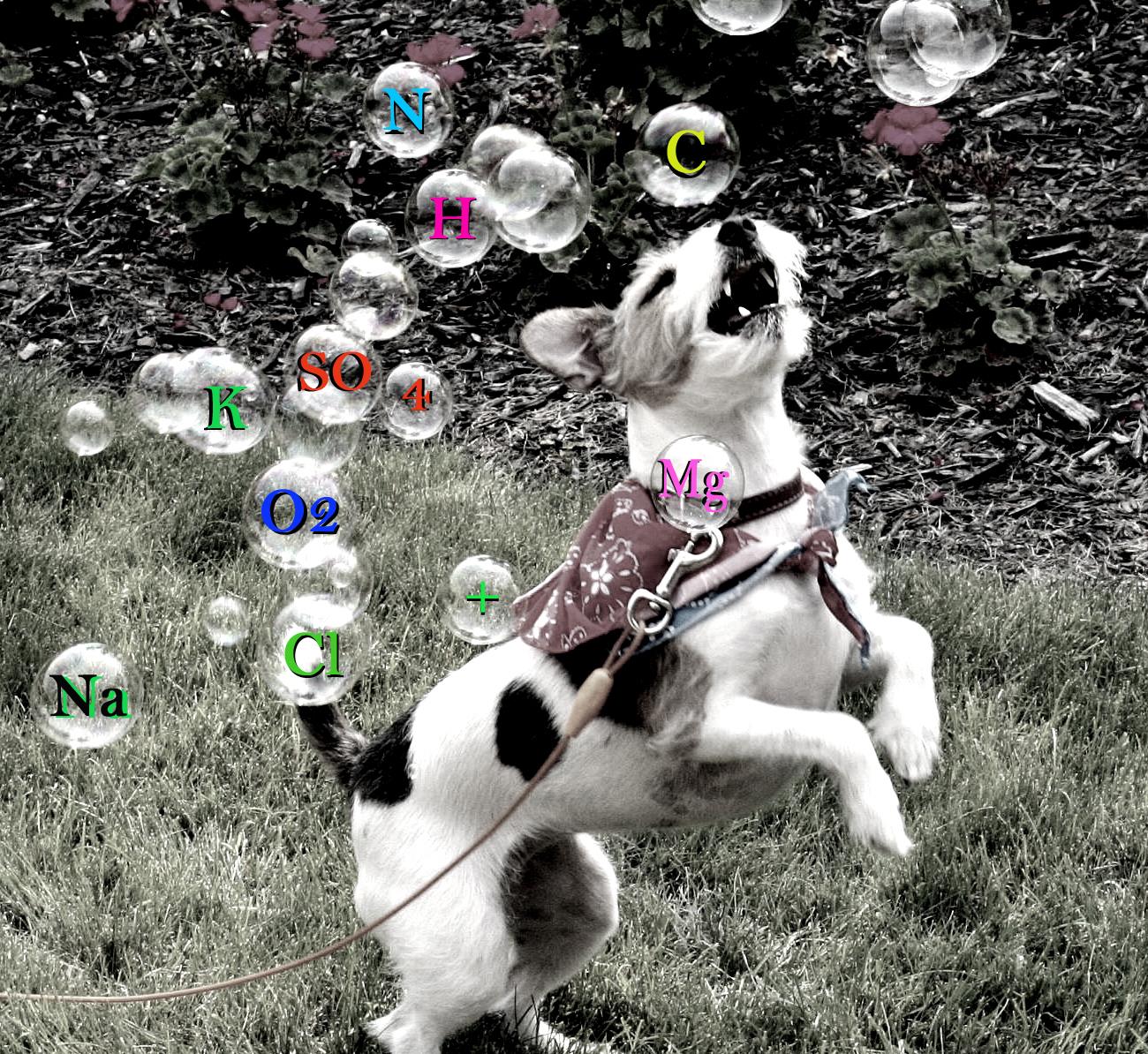LPM: A Student’s Perspective- Homemade OR Sim

“Part of learning the steps of bypass and practicing, also includes knowing the roles of the other people in the OR”
Editor’s Note:
This is a continuation of a new series with a guest blogger who is currently enrolled in a perfusion program. I am impressed that as a perfusion student she has the initiative to share her thoughts and impressions with us regarding the process of learning the art of perfusion technology from her own unique perspective:
“I am a first year perfusion student.I follow your facebook and website to stay updated on perfusion news from all around the world, and I love it. I saw the posting about needing bloggers and wanted to find out if you were interested in a student blogger. Either way, thank you for the work put into the website, it was valuable as I prepared to apply for my program as well as throughout it.
Thank you.”
Kora
The name of the series will be as above- LPM: A Student’s Perspective. There is a slight play on the acronym as the L stands for Learning as opposed to a metric for Q.
As we all know- regardless of experience level- we all learn minute by minute.
Enjoy 🙂
Frank
Click here to view the entire LPM series
Authored by: Kora
Homemade OR Simulation
Getting to actually practice perfusion can be a difficult task in school, prior to leaving for rotations. Luckily, my class is able to use a simulator, which helps greatly. However, part of learning the steps of bypass and practicing, also includes knowing the roles of the other people in the OR and how they fit together with perfusion. To practice this, my class took turns playing the role of the perfusionist, perfusion assistant, surgeon, and anesthesiologist. We got to set up our own patient using an old CPR dummy, which we cut open and placed fake grafts inside of.
We also learned about patient prep and practiced placing EKG lines and the Swann catheter. While the “surgeon” group set up the patient, the “anesthesiologist” group determined their medications and set up their fake intubation tube as well as a make-shift area to push drugs. It was a great learning experience to understand the flow in the OR and to go through the steps prior to the patient even being opened up.
After the preparation was done, we simulated going through a 2-vessel CABG using the LIMA and a saphenous vein graft. This helped a lot to understand at what point in the case, certain things happen such as when to run baseline ACT’s, when to cannulate, etc. On paper it is easy, but it was very helpful to get to simulate it in lab, where communication is necessary between multiple people to get things done. This was extremely helpful since learning to communicate and respond back about what you are doing on pump is so important. Each lab group too turns doing the simulation and then the next week during lab, we rotated our roles. Overall, this was very helpful and hopefully gives us a much better understanding of the flow in the OR so that we may use these skills when we go on rotations.



